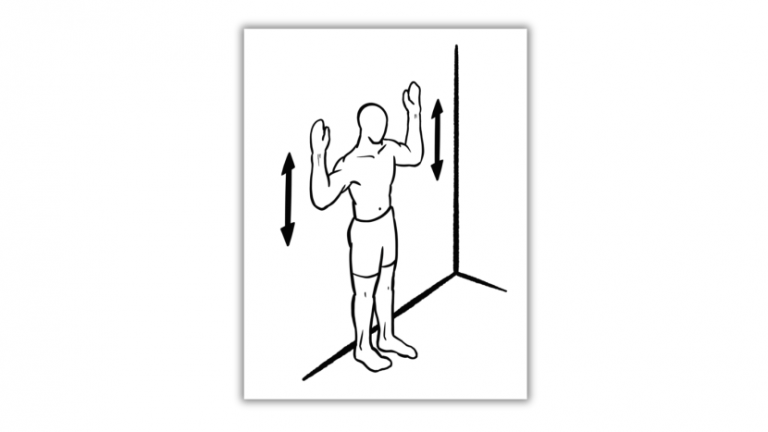The diaphragm, a dome-shaped muscle located at the base of the lungs, plays a vital role in respiration. But, it also has an essential connection with circulation. The diaphragm’s contractions during breathing create pressure changes in the chest cavity, which facilitate blood flow to and from the heart.
Additionally, the diaphragm’s movement and its attachment to the spine can affect the functioning of the autonomic nervous system, which regulates many vital processes in the body, including circulation. During inhalation, the diaphragm moves downward, creating a vacuum in the chest cavity that pulls air into the lungs.
Simultaneously, the increase in thoracic volume causes the pressure in the chest cavity to decrease, allowing blood to flow from the veins into the right atrium of the heart. During exhalation, the diaphragm relaxes and moves upward, decreasing the volume in the chest cavity and causing an increase in pressure that pushes blood out of the heart into the arteries.
In addition to its mechanical effect on circulation, the diaphragm’s movement and its attachment to the spine can affect the functioning of the autonomic nervous system. Dysfunction of the diaphragm can lead to altered sympathetic and parasympathetic nervous system activity, affecting heart rate, blood pressure, and blood flow regulation.
Physiotherapy can be an effective treatment option for diaphragm dysfunction, utilizing techniques such as diaphragmatic breathing, manual therapy, and exercise to restore optimal diaphragm function and improve circulation.





Rattling fantastic info can be found on website.Raise your business